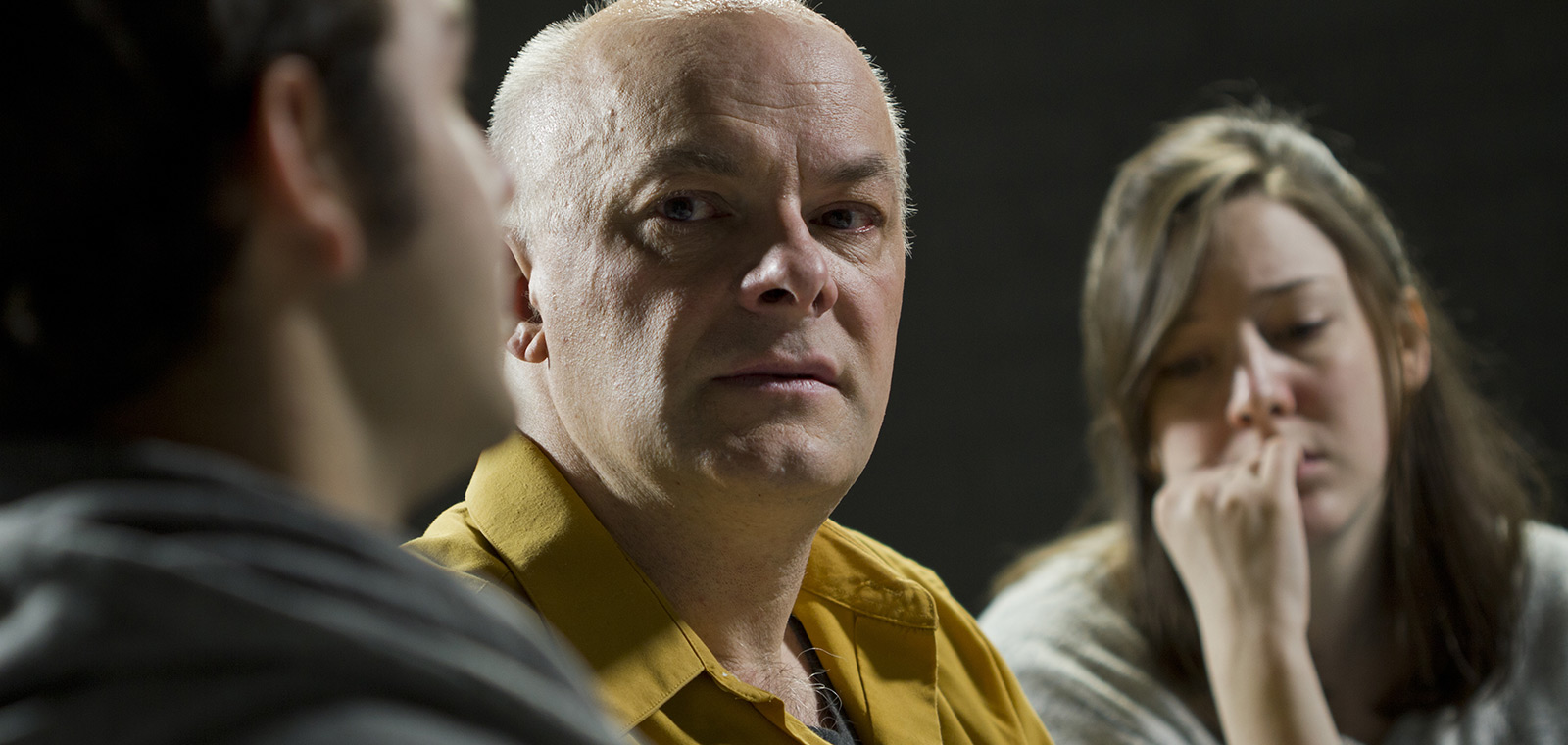Postvention as Prevention
The term “postvention” is a great example of suicide prevention jargon that means little to those outside the field and may actually contribute to misunderstanding. Postvention refers to activities that reduce risk and promote healing after a suicide death. Although postvention is implemented after a suicide it is essential that we prepare for postvention before a suicide – for example, by training first responders, coroners, funeral directors, faith leaders, emergency departments, clinicians, and journalists.
Research has firmly established that family members of individuals who die by suicide -including parents, children, and siblings – are at increased risk of suicide. They are often referred to as “survivors” which is another confusing term, particularly as attempt survivors have become an increasingly important voice of hope and resilience in the suicide prevention community. Suicide loss survivors and individuals bereaved by suicide are better terms for those who have lost a loved one to suicide.
Picture a suicide death as a pebble dropped in a pond. While the first and biggest waves hit the family and those closest to the decedent, the impact spreads outward to others exposed to the death such as friends, witnesses, first responders, treatment providers, and colleagues. A recent Scandinavian study, for example, points to an increased risk of suicide for male coworkers of the decedent. The impact of knowing someone who died by suicide may include trauma, depression, complicated grief, and substance misuse. And this impact can last for weeks, months, or years.
It has been said that the person who dies by suicide dies a single death, while those left behind die a thousand deaths. Loss survivors are faced with unanswered and often unanswerable questions, especially Why? They may also experience intense emotional reactions including guilt, blame, rejection, anger, shame, and relief. Cultural factors can also play an important role in the grieving process. It is essential to incorporate cultural considerations about religion, death, suicide, grief, and loss into all postvention efforts. Losing someone to suicide can be an isolating, painful, and life-altering experience.
A suicide death can affect those beyond the immediate loss survivors and ripple outward, impacting others and even an entire community. Although they are rare events, suicide clusters and suicide contagion also provide examples of how exposure to suicide can increase risk. A cluster is defined as a higher-than-expected number of suicides occurring closely in time and space. Contagion is when exposure to suicide influences others (who are likely already at elevated risk) to take their lives. Clusters and contagion have been observed in schools, communities, college campuses, military bases, and refugee groups, and among American Indian/Alaska Native and other indigenous populations.
Media reports on suicide can also contribute to contagion -or help reduce risk. A well-documented example is the 12-percent increase in suicides which took place over the 30 days after Marilyn Monroe’s death in 1962. Although it is too soon to tell if there was an increase in suicides after Robin Williams’ death, we do know that media promotion of the National Suicide Prevention Lifeline in stories about the actor was responsible for an additional 200 calls per day for several months after his death. Research demonstrates that responsible reporting of suicide is an effective postvention strategy. Recommendations for reporting on suicide can be found at www.reportingonsuicide.org. Safe messaging about suicide is not just the responsibility of media. We should all promote messages that are safe and effective. The Action Alliance Framework for Successful Messaging, designed for all organizations doing public outreach, can help you develop safe and positive suicide prevention messages.
Postvention is prevention. Suicide prevention efforts should include a comprehensive postvention component that reduces risk and promotes healing for the immediate family and reaches out into the community to support the broader group of loss survivors including friends, coworkers, first responders, treatment providers, and others exposed to the death. Toward that end, in 2015, the National Action Alliance Suicide Loss Survivor Task Force released a seminal document, Responding to Grief, Trauma, and Distress after a Suicide: U.S. National Guidelines.
Suicide prevention should be a three-legged stool including prevention, intervention, and postvention. Yet too often, postvention has been the missing leg. It is time to make postvention an integral part of our comprehensive suicide prevention efforts.

